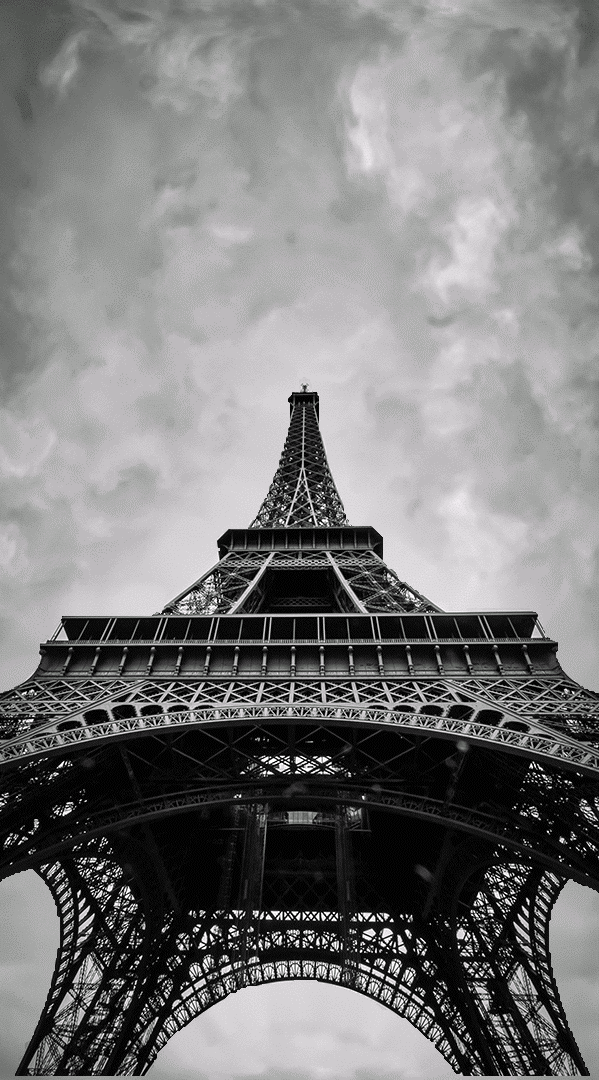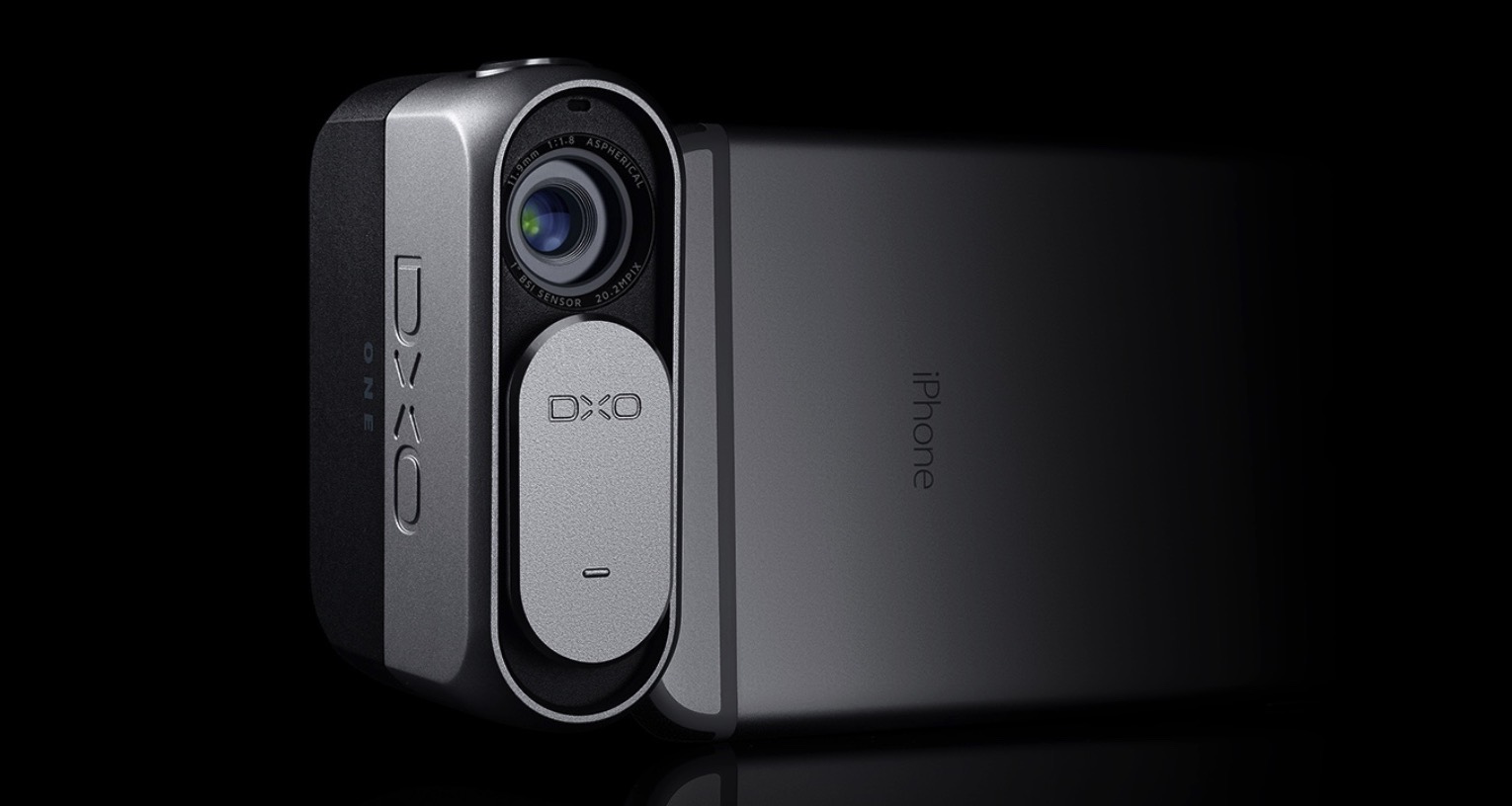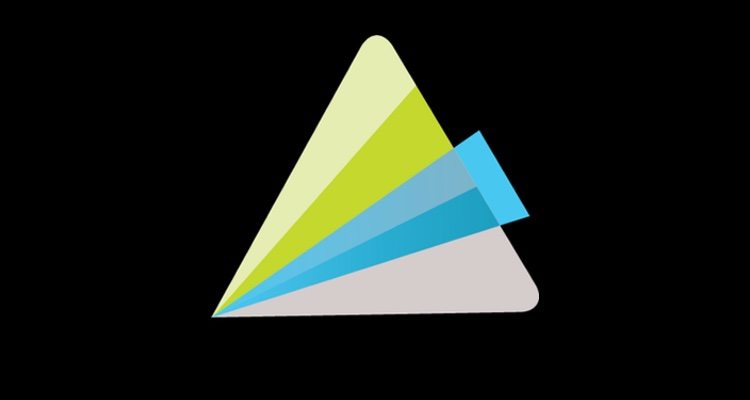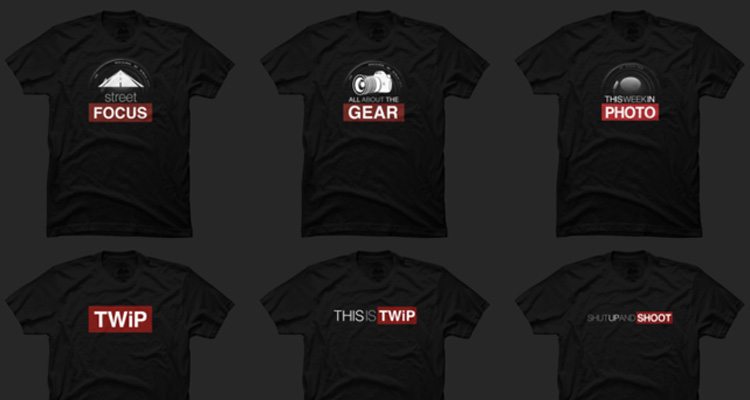Plotagraph Pro – An Evolution of Motion Photography
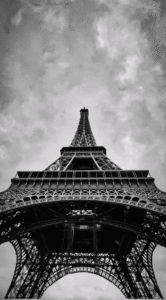

Plotagraph Pro has launched their beta program, and have made the FIRST 100 accounts available to the TWiP audience! Sign up, and experience an evolution of photography.
Every now and again a new technology emerges that promises to change the way we think about something. These technological disruptions usually appear when a particular segment of the industry begins to show signs of aging.
In this case, it’s still photography. The still image, no doubt remains magical, and capturing a story in a single frame is, and will undoubtedly remain a cherished art form. However, in this age of “screens”, photographers are no longer limited to telling a story in a single frame. If the story or project would be better served by adding audio, motion, video, animation, or otherwise – we now have the tools to execute our visions, tell the story, and share it with thousands or even millions of people — instantly.
In the photography industry, there have been several ebbs and flows with regard to the adoption of new technologies and techniques. From the advent of DSLRs that capture high-quality video, to seemingly magical noise-free high ISO mirrorless cameras.
Enter cinemagraphs
A few years ago we saw a spike in the world of still photography. The art of merging video and still photography into what is known as a “cinemagraph”. A cinemagraph is basically a short clip of video, that has been “frozen”, and then edited to reveal only a select bit of motion. The popularity of affordable 4K mirrorless cameras fueled the popularity of the cinemagraph, and the promise of even higher resolution cameras continues to make this art form and technique a viable method for digital storytelling.
However, one limitation of using video as the basis for adding motion to still photos is that, well, it’s video. This means, the photographer cannot shoot in raw and is ultimately limited in resolution to the size of the video which, admittedly is very generous in 4K resolutions. For example, one frame of 4K video roughly equates to an 8 megapixel still image. The other limitation is that your content must be captured specifically for the purpose of creating cinemagraphs. This is fine if you’re creating a purpose-built cinemagraph from start to finish. But leveraging your library of already shot videos and stills is not possible.
Say hello to the Plotagraph
The team over at Plotagraph Pro has devised a method and software that allows photographers to selectively apply motion to ANY still image. The results are stunning and hypnotic. The software is 100% cloud-based, which has obvious plusses and minuses. However, the results are jaw-dropping, and the fact that you can rummage through your photo library and selectively add motion to shots you may have created many years ago means this is now an entirely new ballgame.
In an exclusive pre-briefing, the team at Plotagraph Pro walked me through adding motion to one of my images of the Eiffel Tower. I was expecting a long-drawn-out process of masking and other time-consuming nastiness. However, in about 5 minutes we had added beautiful, fluid motion to a photograph that I’d taken years ago. And now, I want to go through ALL of my images and add motion!
This software has to be seen to be believed and understood. And here are a few shots of mine that have had motion applied, as well as a few demonstrative shots from the company.
Plotagraph Pro has launched their beta program, and the FIRST 100 accounts are available to the TWiP audience! Sign up, and experience an evolution of photography — head over to:
https://www.plotagraphpro.com/twip
